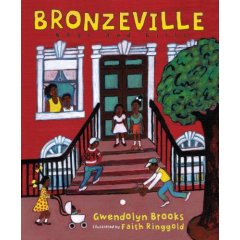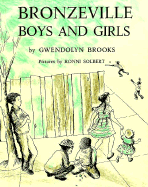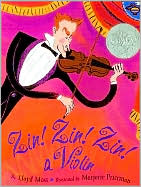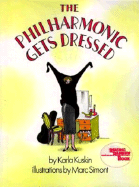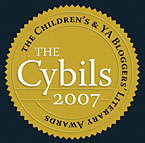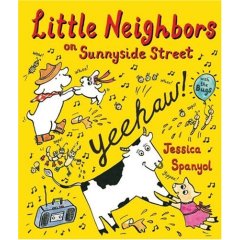 Let's pretend that three-year-old Milly were guest-blogging here at bookstogether. She would definitely want to write up Little Neighbors on Sunnyside Street by Jessica Spanyol (Candlewick, 2007). With good reason: it's the perfect book for preschoolers. They get to meet some of the little neighbors who live at numbers 4, 5, 6, and 7 Sunnyside Street and drop in on them doing their everyday activities. Philip the cow lives at number 7; he likes making things. Kelly the pig likes messy play. The Bugs like driving. And Ian the dog likes to do lots of things (music, painting, cooking) with his little sister Baby Jade. Everybody likes reading, of course. At the end of the day, they all have a party at Ian's house (yeehaw!); then they go to bed. Night-night, little neighbors!
Let's pretend that three-year-old Milly were guest-blogging here at bookstogether. She would definitely want to write up Little Neighbors on Sunnyside Street by Jessica Spanyol (Candlewick, 2007). With good reason: it's the perfect book for preschoolers. They get to meet some of the little neighbors who live at numbers 4, 5, 6, and 7 Sunnyside Street and drop in on them doing their everyday activities. Philip the cow lives at number 7; he likes making things. Kelly the pig likes messy play. The Bugs like driving. And Ian the dog likes to do lots of things (music, painting, cooking) with his little sister Baby Jade. Everybody likes reading, of course. At the end of the day, they all have a party at Ian's house (yeehaw!); then they go to bed. Night-night, little neighbors!
What we like best about Little Neighbors on Sunnyside Street (besides Spanyol's flat, candy-colored pen and gouache illustrations) are "all the different stories." Sunnyside Street itself is a little like the residential area of Richard Scarry's Busy Town. And from a preschooler (and her mom), there is probably no higher praise than that.
